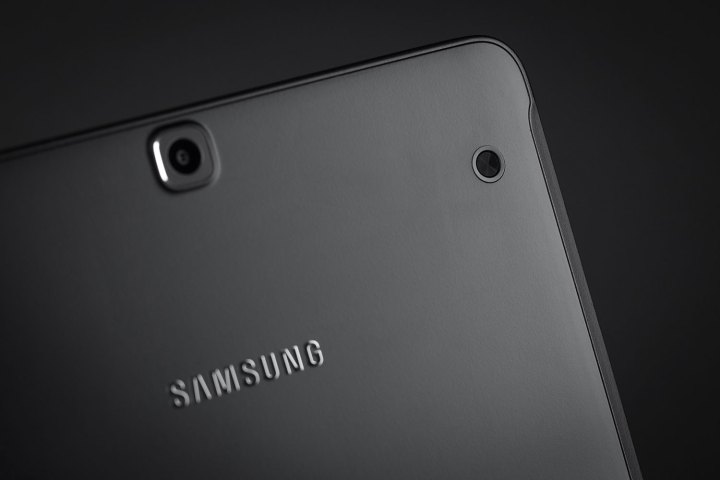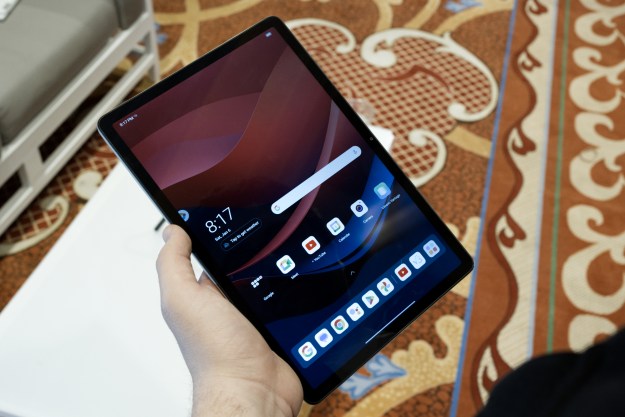
The benchmark, known to test a device’s graphics capabilities, also reveals the device’s internal hardware. In this case, the benchmark revealed the SM-T585 to have a 10-inch, 1,920 x 1,080 resolution display, making the unnamed device a Samsung tablet. Powering this tablet is Samsung’s Exynos 7870 chipset, which includes a 1.7GHz octa-core processor and is paired with 2GB of RAM. The Exynos 7870 chipset is relatively new, and is reportedly powering one variant of the upcoming Samsung Galaxy J7 (2016) and nothing else so far.
Elsewhere, we’ll find 16GB of internal storage, 11GB of which is available for use, though we’re willing to bet you can expand that through a built-in Micro SD card slot. An 8-megapixel camera sits around back, for those who like taking pictures with their tablets, while a 2-megapixel camera occupies the front for your video chatting and selfie needs. The SM-T585 also packs your standard array of sensors and connectivity options, though you won’t find NFC or a gyroscope. Finally, the unnamed tablet will run Samsung’s version of Android 6.0.1 Marshmallow, the latest edition of Android.
The SM-T585 isn’t the only tablet alleged to have appeared on GFXBench — Samsung’s rumored Galaxy Tab 3 Lite refresh is also believed to have appeared on the benchmark site. The latter packs less powerful internals than the former, and that should coincide with a relatively lower price tag. As for the SM-T585, we’re not sure what branding Samsung will choose to sell it under, though our guesses include the Galaxy Tab 5, Galaxy Tab E, or the Galaxy Tab A.
We have reached out to Samsung for comment and will update accordingly.
Editors' Recommendations
- Samsung’s newest Android tablet is a perfect iPad alternative
- Google Messages vs. Samsung Messages: Which app should you use?
- How to reset default apps on an Android phone or tablet
- The Samsung Galaxy S24 just failed a critical durability test
- Look who just replaced Samsung as king of the global smartphone market

